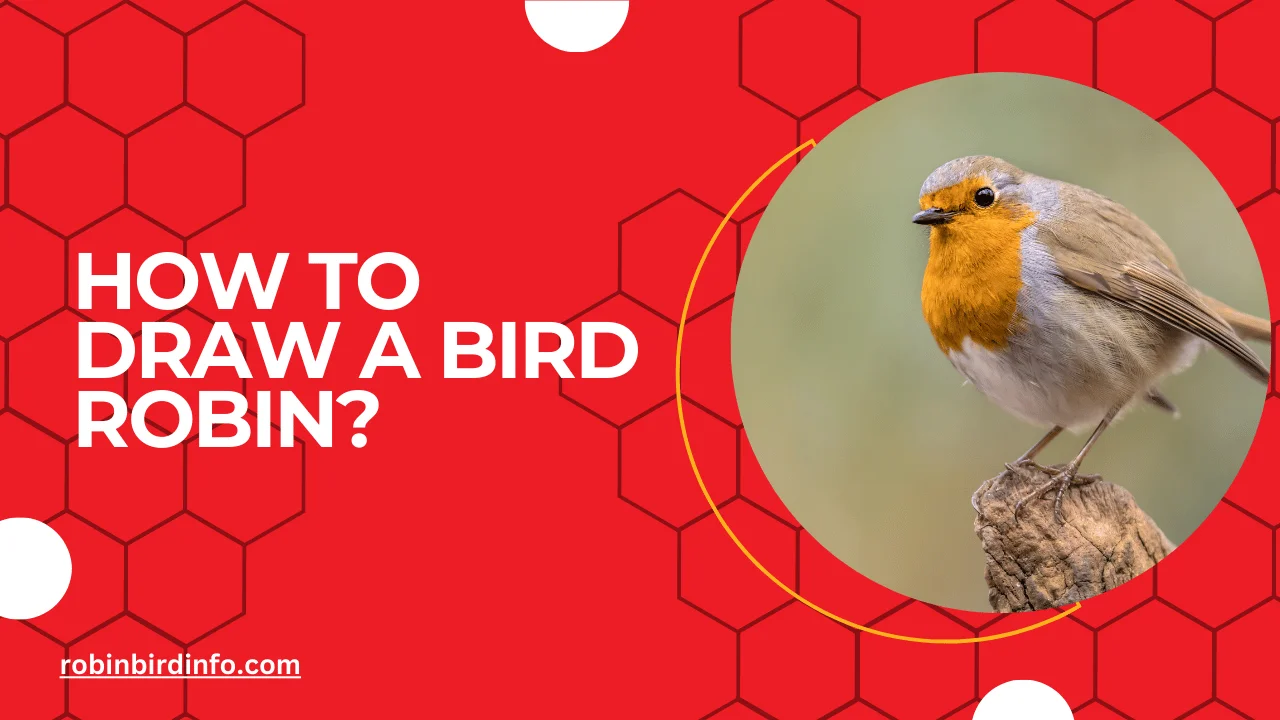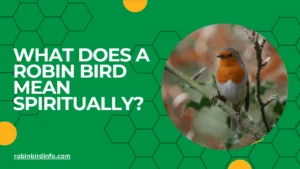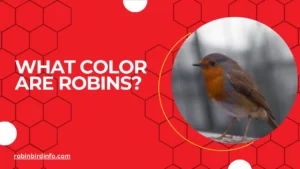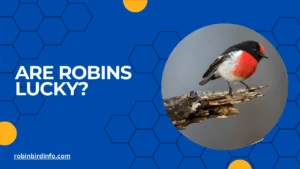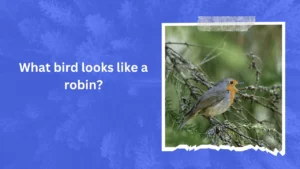Have you ever watched a Robin flitting through your backyard, its bright red breast a splash of color against the green foliage?
These familiar birds bring a touch of springtime joy with their melodic songs. But what if you could not only appreciate their beauty but also immortalize it on paper? Drawing a Robin is a fantastic way to not only hone your artistic skills but also deepen your connection with the natural world around you.
Imagine the satisfaction of creating your own charming Robin illustration, a testament to your creative spirit and a reminder of nature’s wonders. Whether you’re a seasoned artist or just starting your artistic journey, this blog post is your guide!
We’ll take you through a step-by-step process, from capturing the Robin’s distinctive features to adding lifelike details. So, grab your pencils and get ready to embark on a delightful artistic adventure – you might just surprise yourself with the hidden artist within!
Contents
Section 1: Understanding Robin Anatomy
Basic Shape: A Robin’s body can be simplified into basic shapes like circles and ovals. The head is roughly circular, while the body is more oval-shaped. The tail is long and tapered, and the legs are short and sturdy.
Key Features: Some of the key features that distinguish a Robin include its bright red breast, dark eyes, and pointed beak. The wings are relatively short and rounded.
Reference Material: Using reference photos or sketches is crucial for capturing the accurate proportions and details of a Robin. Observing live birds or high-quality images can provide valuable insights into their posture, feather patterns, and overall appearance.
Section 2: Choosing Your Medium
Traditional Media: Traditional media like pencils, charcoal, and colored pencils offer a classic approach to drawing. They allow for a wide range of techniques and can create beautiful, detailed drawings.
Digital Art: Digital tools such as drawing tablets and software provide a versatile platform for creating Robin illustrations. They offer the flexibility to experiment with different styles, colors, and effects.
Mixed Media: Combining traditional and digital techniques can create unique and expressive Robin drawings. For example, you could sketch the Robin with a pencil and then add digital color and effects.
Section 3: Basic Sketching Techniques
Creating a Basic Outline: Start by sketching a simple outline of the Robin’s body shape, including the head, body, tail, and wings. Use light, loose lines to create a basic framework.
Adding Details: Once you have the basic shape, you can start adding details like the beak, eyes, and feathers. Pay attention to the proportions and placement of these features.
Proportions and Perspective: Accurate proportions and perspective are essential for creating a realistic Robin drawing. Use reference photos to help you understand the bird’s proportions and the way its body is positioned in space.
Section 4: Adding Color and Shading
Color Theory: Understanding basic color theory can help you create a realistic and visually appealing Robin. Consider the color wheel and how colors complement each other.
Shading Techniques: Shading techniques like hatching, cross-hatching, and blending can be used to create depth and dimension in your drawing. Experiment with different techniques to achieve the desired effect.
Highlighting and Shadowing: Adding highlights and shadows can enhance the form and texture of the Robin’s feathers. Use a soft pencil or eraser to create subtle highlights and darker shadows.
Section 5: Tips for Improving Your Robin Drawings
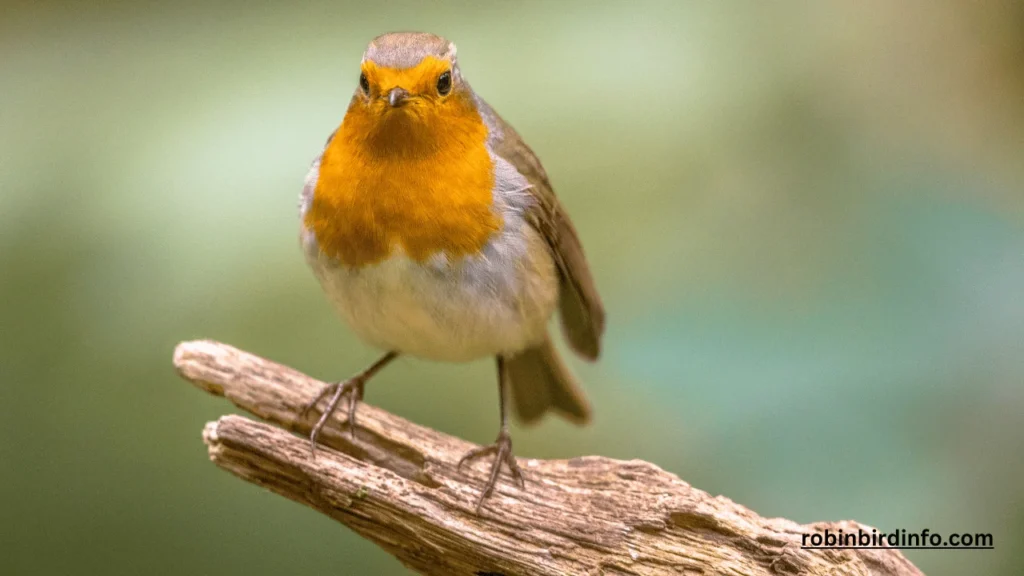
Practice Regularly: The more you practice, the better you’ll become at drawing Robins. Set aside time each day to sketch and experiment with different techniques.
Seek Feedback and Inspiration: Don’t be afraid to seek feedback from other artists and study the work of master artists. This can help you identify areas for improvement and inspire new ideas.
Experiment with Different Styles: Don’t be afraid to experiment with different styles and techniques. You may find that a particular style suits your personality and artistic vision.
Conclusion
While male Robins may steal the show with their vibrant plumage, female Robins are equally important to the survival of the species.
By understanding their role in reproduction, their unique adaptations, and the challenges they face, we can appreciate the full beauty and complexity of these remarkable birds.
FAQ’s
Why don’t female Robins have red breasts?
The vibrant red breast is a characteristic of male Robins, primarily used for attracting mates and defending territory. Female Robins have a more subdued brown-orange breast, which helps them blend in with their surroundings and avoid attracting unwanted attention from predators.
How can I distinguish between a male and female Robin?
The easiest way to distinguish between male and female Robins is by looking at their breast color. Male Robins have a bright red breast, while female Robins have a duller orange-brown breast.
Do female Robins build the nest?
Both male and female Robins contribute to nest building. However, the female Robin typically takes the lead in selecting the nest site and gathering materials.
How long is the incubation period for Robin eggs?
The incubation period for Robin eggs is typically around 12-14 days. Both male and female Robins share the responsibility of incubating the eggs.
What do female Robins eat?
Female Robins primarily eat insects, worms, and berries. They may also feed on seeds and fruits.
How can I attract female Robins to my yard?
To attract female Robins to your yard, provide a variety of food sources, such as birdseed, mealworms, and fresh fruit. You can also create a bird-friendly environment by planting native plants, offering clean water sources, and providing nesting sites.

